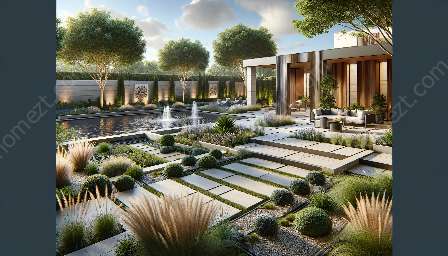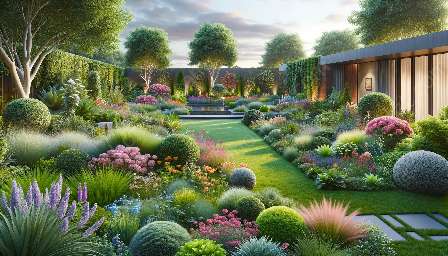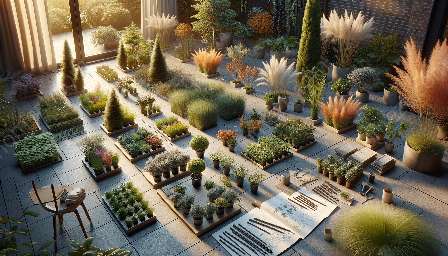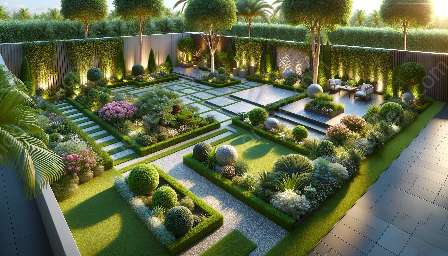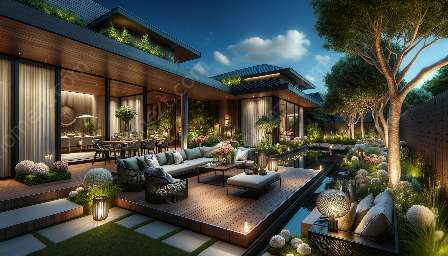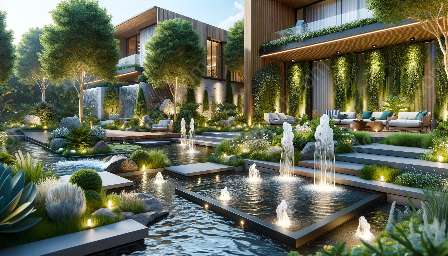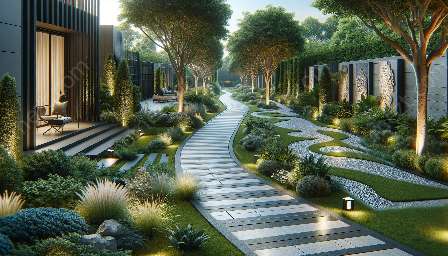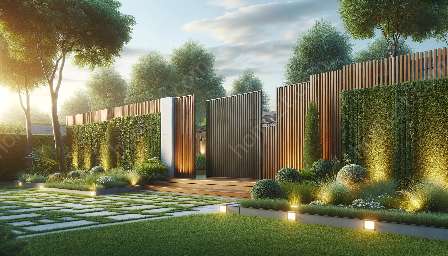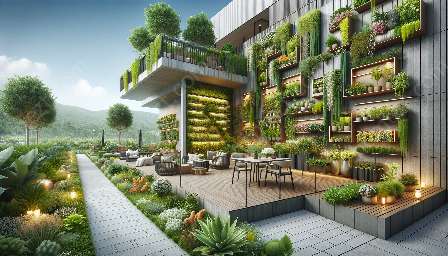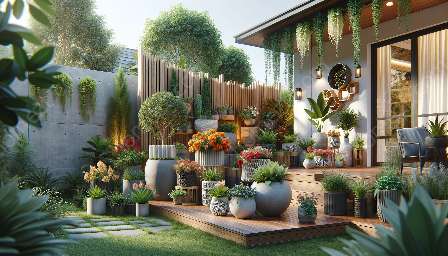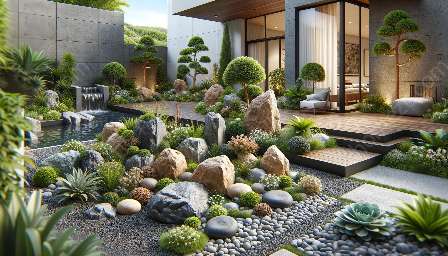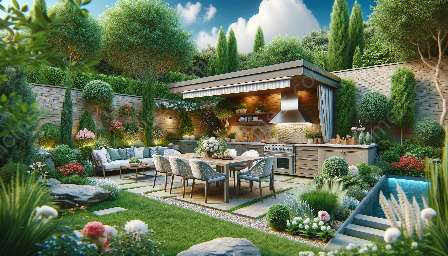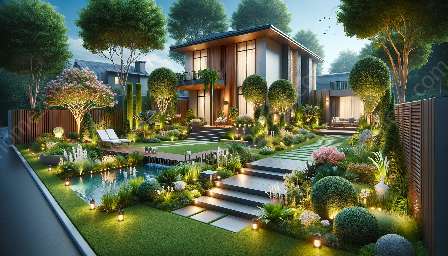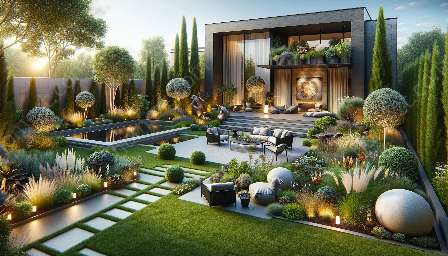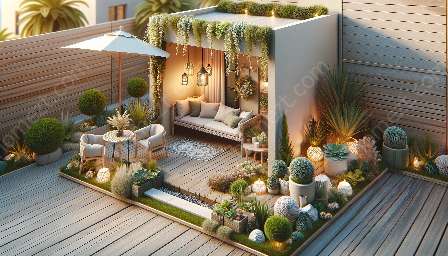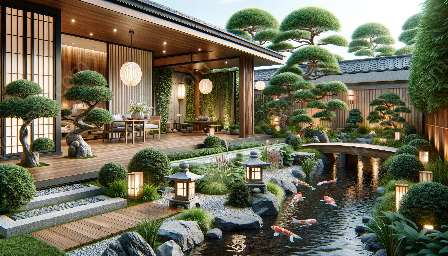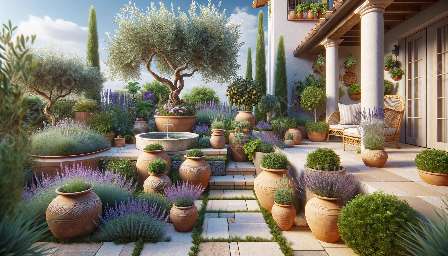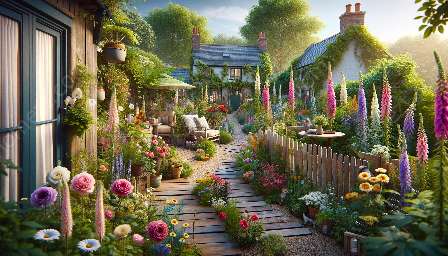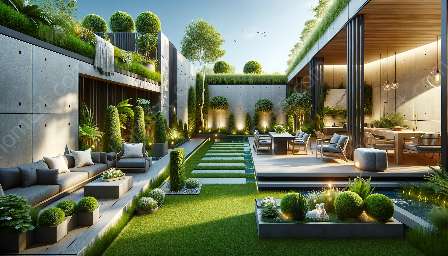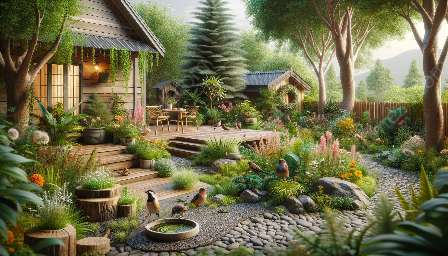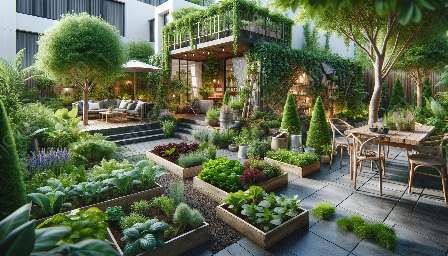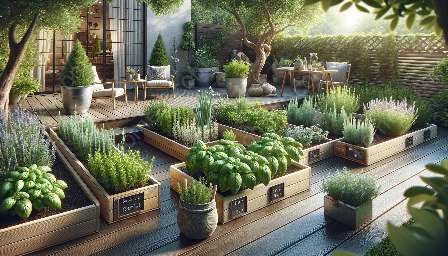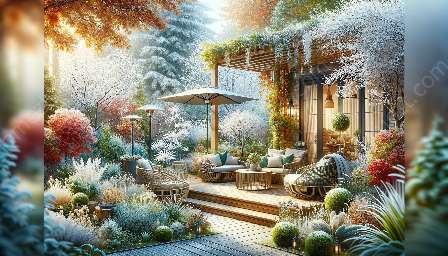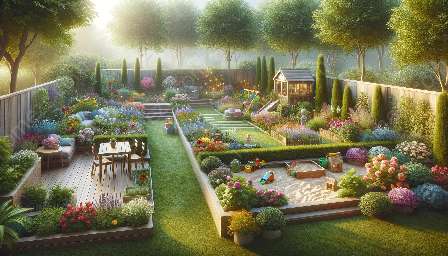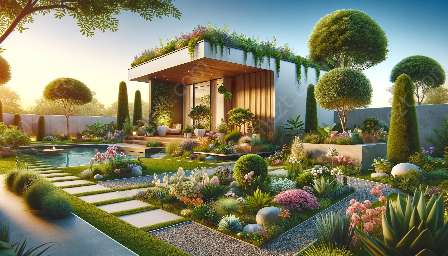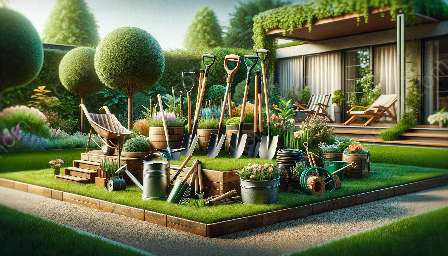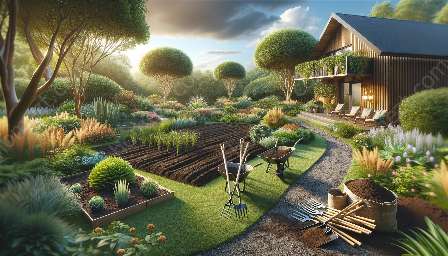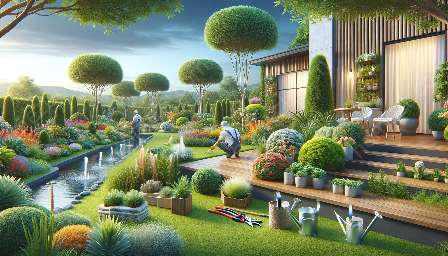Sustainable landscaping is an eco-friendly approach to designing, installing, and maintaining outdoor spaces that promotes environmental health and longevity. By integrating sustainable practices, individuals can enjoy beautiful and functional landscapes that harmonize with nature.
Implementing eco-friendly principles in landscaping not only conserves natural resources but also supports biodiversity, minimizes pollution, and contributes to a healthier ecosystem. In this article, we'll explore the core concepts of sustainable landscaping and provide innovative landscaping ideas that align with sustainable practices.
The Principles of Sustainable Landscaping
1. Water Conservation: An integral aspect of sustainable landscaping is the efficient use of water. Utilizing drought-tolerant plants, installing water-efficient irrigation systems, and capturing rainwater are some of the strategies employed to minimize water consumption.
2. Soil Health: Prioritizing soil health through organic practices, composting, and mulching enhances the fertility and structure of the soil, promoting plant growth and reducing the need for chemical fertilizers.
3. Native Plants: Incorporating native plants in landscaping designs supports local ecosystems, requires less maintenance, and fosters a natural aesthetic that seamlessly blends with the surroundings.
4. Energy Efficiency: Thoughtful planning of tree placement and use of shade elements can reduce the energy demand for cooling, leading to lower carbon emissions.
Benefits of Sustainable Landscaping
Sustainable landscaping offers a myriad of benefits that encompass environmental, economic, and social aspects. Some of the key advantages include:
- Preservation of natural resources
- Reduction of chemical pesticide and fertilizer usage
- Support for local wildlife and pollinators
- Creation of low-maintenance landscapes
Innovative Sustainable Landscaping Ideas
1. Xeriscaping: Xeriscaping involves using drought-resistant plants, minimal lawn space, and efficient irrigation to create captivating landscapes that consume minimal water.
2. Permeable Hardscapes: Incorporating permeable materials in hardscape design allows for natural water infiltration, reducing stormwater runoff and preventing erosion.
3. Edible Landscaping: Integrating edible plants into the landscape not only offers a sustainable food source but also adds visual interest and diversity to the outdoor space.
4. Biodiversity Gardens: Designing gardens to attract diverse wildlife, such as butterflies and birds, contributes to the preservation of local ecosystems while enhancing the beauty of the landscape.
Conclusion
Embracing sustainable landscaping practices not only contributes to environmental preservation but also creates visually stunning and enduring outdoor environments. By understanding the principles and exploring innovative ideas, individuals can embark on a journey to transform their landscapes into sustainable havens that benefit both the ecosystem and the community.

